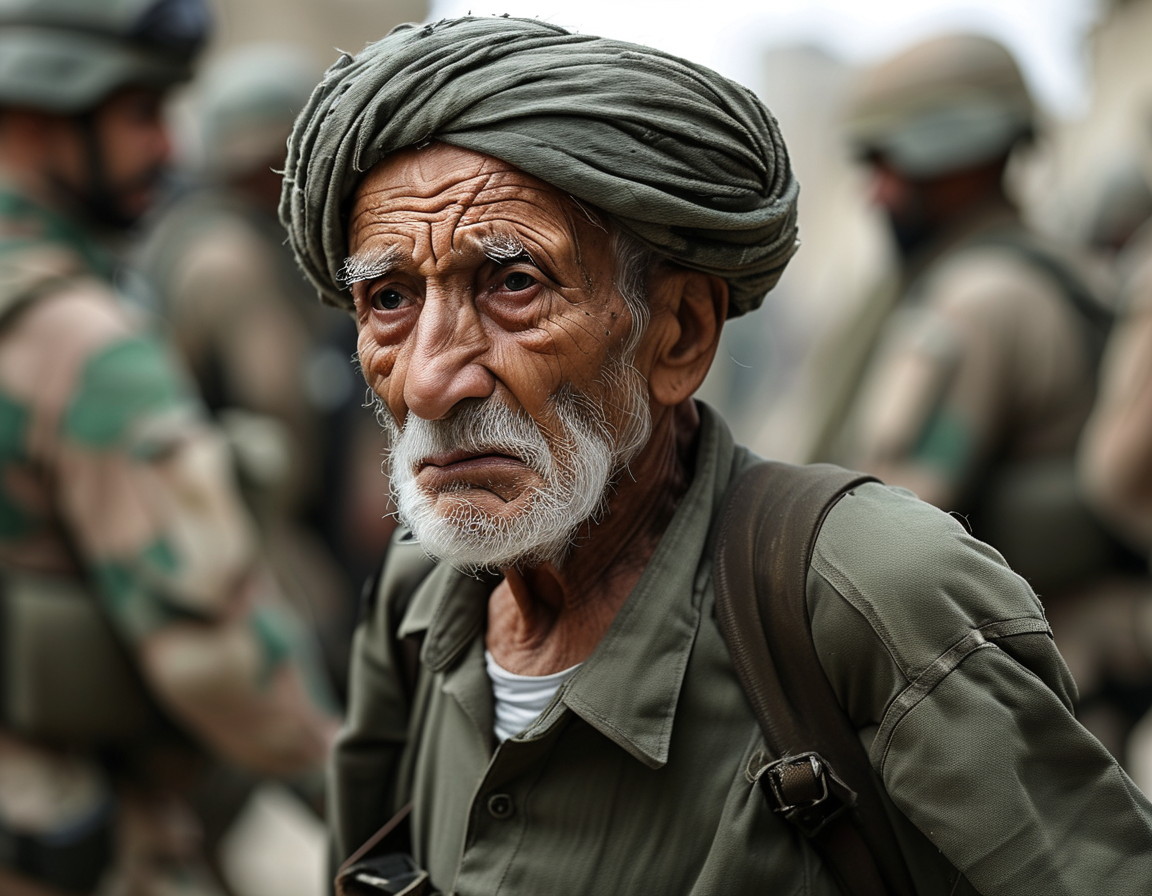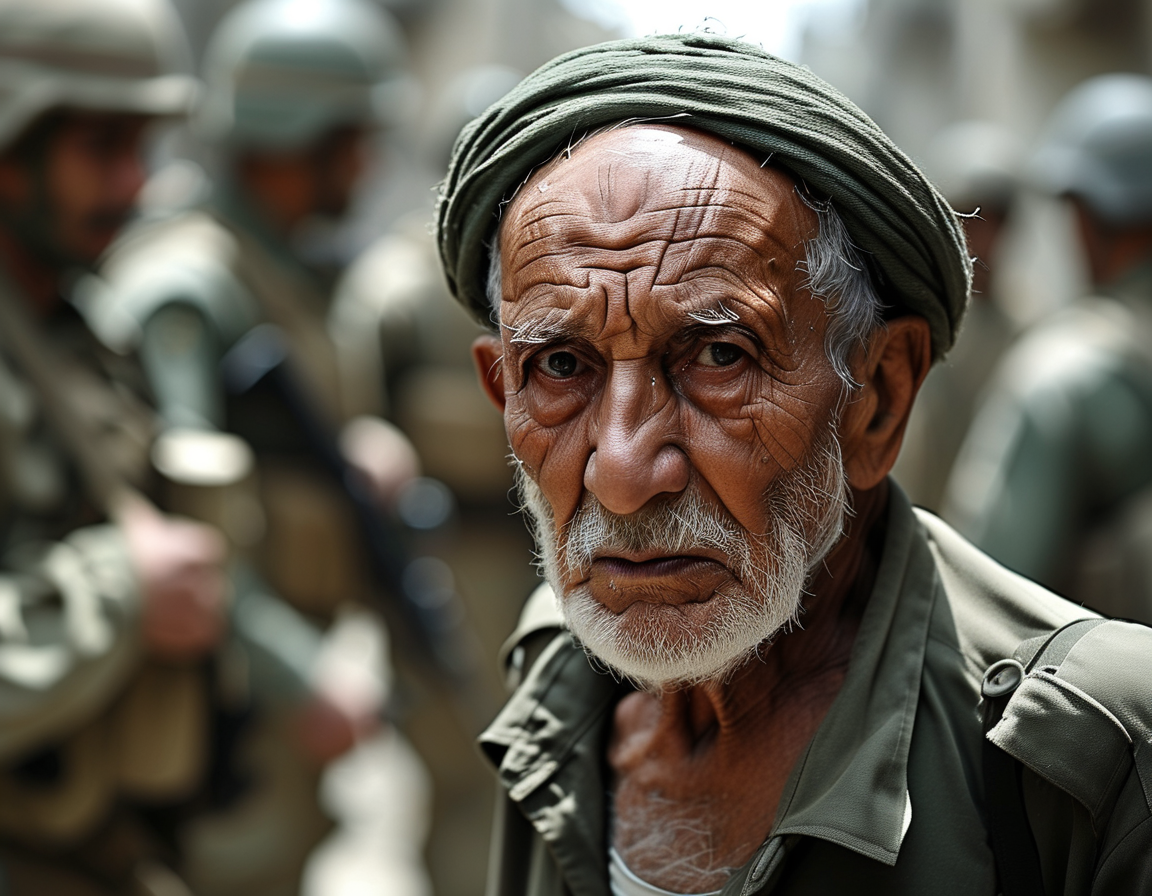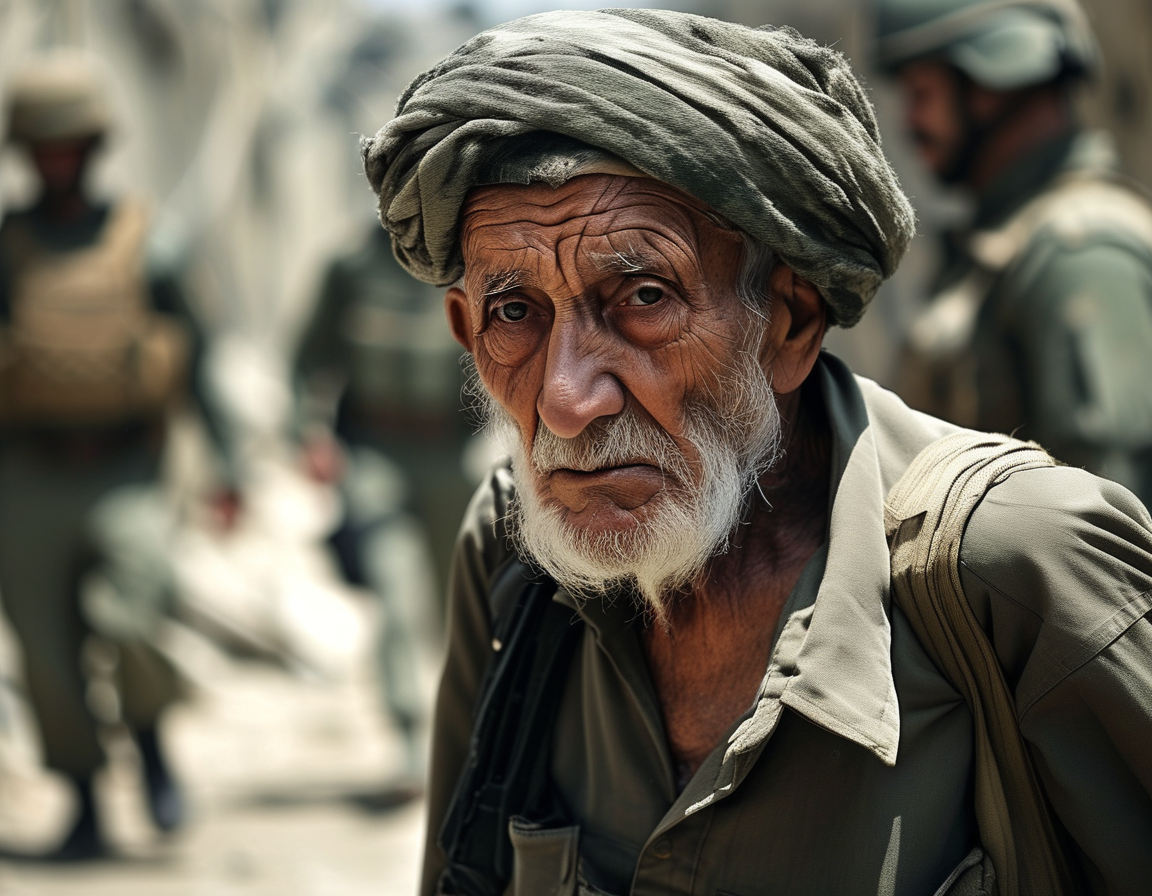What happens when the innocent become pawns in war? This article delves into haunting accounts from Gaza. The reality is jolting. Is it possible to grasp the depth of human suffering in this conflict?
In May, an 80-year-old Palestinian man faced a terrifying ordeal in the Gaza conflict. This man walked ahead of soldiers, a cane in one hand, explosive cord around his neck. An Israeli military brigade forced him to scout buildings, acting knowingly as a human shield. How could this happen? It’s hard to fathom.

For eight hours, the elderly man endured this torment. Tied up and terrified, he had no choice. Would any of us be brave enough to defy orders when faced with such a threat? Tragically, he was shot alongside his wife just moments after being ordered to flee their home. What does such a loss mean to their family? To their community?
The soldier who spoke to an investigation described the scenario bluntly. The elderly couple, referred to as “mosquitoes”, became a disturbing symbol of the lengths to which Israeli forces are willing to go. This metaphoric language starkly reveals a chilling mindset. No humanity or respect for life existed in that moment.
Their lives were cut short within sight of safety, a humanitarian zone. When the couple crossed a street, they were mistaken for militants and killed. It begs the question: how do lives become disposable? The war in Gaza has painted a grim picture. Each story adds layers of pain and loss.

Reports of Palestinians abducted and forced into military uniforms amplify the horror. According to Haaretz, these individuals, often frightened and handcuffed, become pawns in a deadly game. Such practices raise alarm about ethical standards in warfare. How much humanity is left when fear dominates?
Francesca Albanese, the United Nations’ special rapporteur, condemned the usage of human shields. For her, it’s a blatant violation of human rights. What can be done to stop these acts? Bringing attention to such incidents is a critical first step toward accountability.
In another case, Dura’s Bahaa el-Din Abu Ras shared his harrowing experience. Used as a human shield for nearly two hours, he confessed deep fears. Would he see his family again? Would he survive the ordeal? His anguish illustrates the mental scars borne from such violence. Who can truly understand that feeling?

Warfare has twisted not just the present but also the future. Voices like Abu Ras’s offer a glimpse into the chaotic reality that many face. They are not just numbers but individuals with stories, hopes, and dreams. Each story deserves to be recognized and felt.
As more incidents come to light, it is essential to question our understanding of conflict. Are we becoming desensitized to these grim realities? It matters not only to the victims but to our collective conscience as well. The world watches, waiting for change.
The situation in Gaza continues to evolve. The pain and suffering recorded over years cannot be ignored. How can we bridge the gap between awareness and action? We must advocate for the end of such practices. To restore dignity, humanity, and hope for all affected lives.
Ultimately, every act of violence holds implications for the spirit of countless families. They bear witness to a crisis that demands international attention and action. Together, perhaps we can challenge attitudes that view life as expendable in the relentless march of war. What will it take for the conversation on human rights to shift substantially? Only time will tell.




